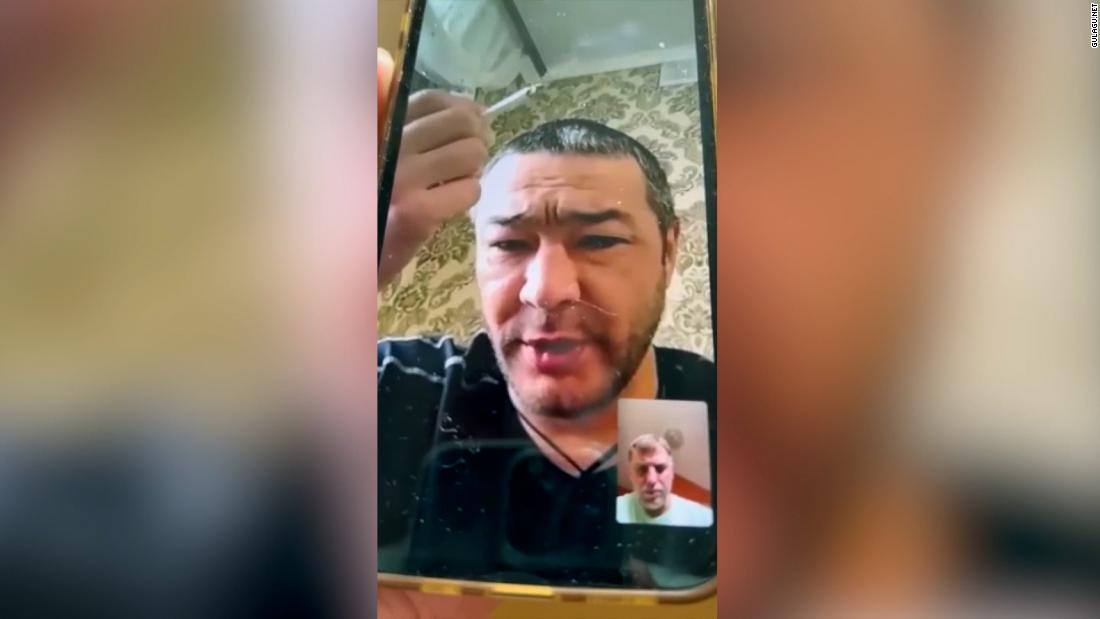This op-ed is part of The Hill’s “How to Fix America” series exploring solutions to some of America’s most pressing problems.
The issues raised during this election year — the economy, abortion, border security and childcare — are important to many of us. One issue, however, is mysteriously absent so far: health care.
As a hospital consultant with more than two decades of experience, I can say with certainty that despite the best efforts of our nation’s heroic clinicians, our health care delivery system is not prepared for the next pandemic.
COVID-19 has only exacerbated problems that were years in the making: hospital and emergency department overcrowding; increased medical error and patient mortality, shrinking hospital margins, clinician burnout and nursing shortages.
Patients are suffering and hospitals are closing down because of these issues. A new analysis reveals that 703 rural U.S hospitals are at risk of closure due to financial problems. For outpatient clinics, the primary care physician shortages are the biggest challenge, leading to dangerously long wait times for an appointment.
In 2023, the U.S. spent $4.8 trillion on health care, up from $4.5 trillion the year before. Up to 33 percent of that spending can be considered wasteful or avoidable. A recent survey projects that the cost of medical care benefits in the U.S. will increase about 8.9 percent in 2024.
In 2023, Medicare alone cost $839 billion — about 14 percent of total federal government spending — and Medicare spending is projected to rise from 3.1 percent of GDP to 5.4 percent by 2053, with hospital expenses accounting for nearly 40 percent of spending.
Clearly, we cannot afford to maintain the status quo.
So, what are our options?
Daily hospital bed occupancy varies widely with high peaks and low troughs. Counterintuitively, the main cause of this variability in bed occupancy is not unpredictable patient arrival to the Emergency Department, but rather scheduled patient admissions for planned surgeries. A recent New York statewide study showed that the daily number of emergency hospital admissions fluctuates considerably less than the number of daily scheduled surgeries.
Typical hospitals allocate more than 50 percent of their budgets to staffing, even now, with the current nursing shortages. Hospitals staff to the average level of anticipated patient demand, as nobody can afford staffing above that level. Peaks in admissions above this average level of staffing have been proven to cause overcrowding, nurse shortages, medical errors, patient mortality and readmissions. As long as these manmade peaks above hospitals’ staffing levels exist, the aforementioned consequences will continue, no matter what else a hospital does.
The mismanagement between demand and capacity is exemplified by the tragic story of 15-year-old Lewis Blackman, who died after a successful surgery when a lack of beds on the surgical unit caused him to be admitted to a unit with staff unfamiliar with his post-surgical needs. We don’t know how many more stories like this take place today in overcrowded hospitals.
Every hospital and outpatient clinic that has smoothed these manmade peaks in bed occupancy or in arrivals to outpatient clinics has saved lives and millions of dollars. Here are just a few examples:
- Cincinnati Children’s streamlined their surgical schedule and increased their margins by $137 million annually while significantly reducing emergency department wait times and nursing stress. Between the 6,000 acute care hospitals in the U.S. of different sizes, even if each of them saves only one-tenth of this amount, it would save us $78 billion each year.
- University Health Network (whose Toronto General Hospital is ranked No. 1 in Canada and No. 3 worldwide) was able to significantly increase the number of surgeries while reducing waiting for emergent, urgent and transplant surgeries — a life-and finance-saving intervention.
By addressing something as mundane as variability in scheduling in its Operating Room Department, the Ottawa Hospital in Canada completely eliminated over 600 annual surgical cancellations and postponements, saving $9 million and 40 lives annually. An incredible 24,000 lives could be saved annually if every U.S. hospital were to save just 10 percent of the number of lives that the Ottawa Hospital has.
- The Mayo Clinic (Fla.), applying the same methodology, reduced turnover among operating room nurses by 43 percent, while experiencing a multimillion margin improvement.
- Although 90 percent of its patients live within 200 percent of the national poverty level, the Federally Qualified Health Center, St. Thomas (a safety net clinic during Hurricane Katrina), addressed the variability in its patient demand. In doing so, it moved from the red ink to a multimillion dollar positive margin while providing access to care on the level of concierge care for its historically underinsured population.
If each U.S. hospital could avoid building just one single additional bed to accommodate artificial peaks in scheduled patient demand, that would save $9 to $18 billion annually in capital costs alone.
If implemented nationwide, this methodology would save $200 billion annually, which would be a reduction in 4 percent-5 percent of the overall U.S. annual health care cost or 25 percent of Medicare cost alone.
Today, we can state with certainty that our health care delivery is inadequate even without a new pandemic. Unless it changes, another pandemic is highly likely to overwhelm our entire health care delivery system. Unless scheduled patient demand is smoothed, we will again face the unpalatable choice between treating infected patients and those who need surgeries.
As our COVID-era experience demonstrated, this led to a significant deterioration in patient health and a substantial increase in avoidable deaths of surgical patients (cancer and transplant patients especially, as waiting time is critical for them), and many hospitals going out of business due to a reduced revenue from surgeries, which are a financial lifeline for most of them.
Improving patient flow won’t just generate significant savings for Medicare, support biomedical research, reduce the national debt, fund education and serve many other private and public purposes; properly managed patient flow will also reduce medical errors and enhance quality of care. Whether it’s for our patients, the health care community, or the next generation, we owe it to them to break from the status quo.
Eugene Litvak, Ph.D., is the president and CEO of the nonprofit Institute for Healthcare Optimization and adjunct professor at the Harvard T. H. Chan School of Public Health. He is the subject of the new book “Hospital, Heal Thyself: One Brilliant Mathematician’s Proven Plan for Saving Hospitals, Many Lives and Billions of Dollars.”















 English (US) ·
English (US) ·